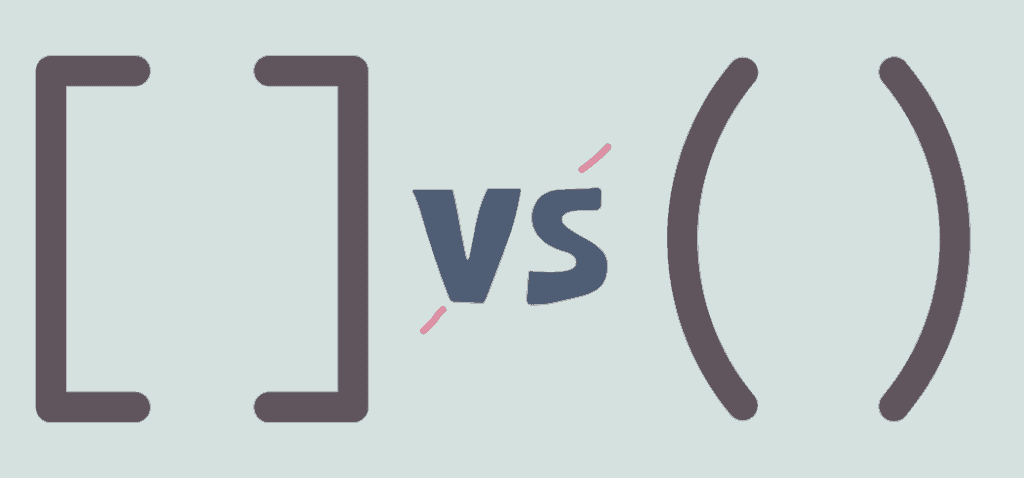Parentheses vs. Brackets: How to Use Them Correctly in Research Papers
Academic writing needs to be clear, accurate, and consistent—especially when it comes to punctuation. Parentheses ( ) and brackets [ ] are often confused, but they serve different purposes. While both are used to include additional information, they work in different ways and have specific rules in research papers.
Knowing how to use them correctly makes your writing more professional and easier to understand. Parentheses are often used for extra explanations, in-text citations, or abbreviations. Brackets, on the other hand, are used to clarify or adjust content in quoted material. If used incorrectly, these punctuation marks can confuse readers or distort your sources.
This guide covers:
- ✅ The difference between parentheses and brackets
- ✅ When and how to use each one in academic writing
- ✅ Common mistakes and how to avoid them
- ✅ Clear examples for easy understanding
Let’s break it down.

✅ When to Use Parentheses ( )
Parentheses are used to add non-essential information that supports the sentence. Even if you remove the content inside the parentheses, the sentence should still make sense.
1. Extra Information or Clarifications
Use parentheses to insert helpful details without interrupting the main idea.
✅ Example:
📌 The test was repeated three times (each round lasted two hours).
🚫 Incorrect:
📌 The test was repeated three times, (each round lasted two hours).
Tip: Never use a comma before opening parentheses.
2. In-Text Citations (APA, MLA, Chicago)
Most citation styles rely on parentheses to enclose references within the text.
✅ APA Example:
📌 The results confirmed earlier studies (Khan, 2021).
✅ MLA Example:
📌 The results confirmed earlier studies (Khan 2021).
Tip: Place the period after the closing parenthesis in citations.
3. Abbreviations and Acronyms
Introduce an abbreviation by placing it in parentheses after the full term. After that, use just the abbreviation.
✅ Example:
📌 The International Monetary Fund (IMF) revised its guidelines.
4. Approximate Values or Margins of Error
Use parentheses to show estimates or uncertainty in numbers.
✅ Example:
📌 The trial included 1,200 participants (±50).
✅ When to Use Brackets [ ]
Brackets are mainly used to add or change words within a direct quote. They help clarify meaning, fix grammar, or add context without misrepresenting the original source.
1. Clarifying Quotes
Use brackets to explain something in a quote that might be unclear to readers.
✅ Example:
📌 “They [the researchers] concluded the results were valid.”
2. Changing Verb Tense or Grammar
Sometimes, you need to change a word in a quote so it fits smoothly in your sentence. Brackets make this clear.
✅ Example:
📌 She said the results “[support] the initial hypothesis.”
3. Adding Missing Information
Brackets can add a missing word or phrase so that the quote makes sense.
✅ Example:
📌 “He was surprised by [the committee’s] decision.”
4. Marking Errors in Quotes
If there’s a mistake in the original quote, use “[sic]” to show the error is from the source—not your own writing.
✅ Example:
📌 “The data was [sic] not collected properly.”
❌ Common Mistakes to Avoid
Mixing Up Parentheses and Brackets
Parentheses are for your own notes or additions, while brackets are for editing quoted material. Don’t use them interchangeably.
Overusing Parentheses
Too many parentheses can clutter your writing. Use them sparingly and only when the added detail is helpful but not essential.
Incorrect Punctuation Placement
Punctuation marks usually go outside the parentheses unless the parentheses enclose a full sentence.
✅ Correct:
📌 The project was delayed (due to funding issues).
✅ Also correct:
📌 (The results were not consistent across all trials.)
📝 Summary: Quick Reference Table
| Purpose | Use Parentheses ( ) | Use Brackets [ ] |
|---|---|---|
| Extra info in your sentence | ✅ Yes | ❌ No |
| In-text citations | ✅ Yes | ❌ No |
| Quoting sources (clarifying) | ❌ No | ✅ Yes |
| Modifying quoted material | ❌ No | ✅ Yes |
| Showing errors in quotes | ❌ No | ✅ Yes (with [sic]) |
| Introducing abbreviations | ✅ Yes | ❌ No |
✍ Final Thoughts
Punctuation may seem like a small detail, but it makes a big difference in how your academic writing is received. Using parentheses and brackets correctly helps readers follow your ideas and trust your credibility.
Next time you're writing a research paper, remember:
- Use parentheses for your own notes, citations, or explanations.
- Use brackets only when modifying or clarifying someone else’s words.
A little punctuation polish goes a long way in making your writing clearer and more professional.
If you need help with scientific proofreading or academic proofreading, PaperEdit is here to support you. For further assistance, feel free to contact us via email at editing@paperedit.com or through WhatsApp at +447458935352 You can also fill out the contact form for additional inquiries.

